Up Next

The Austrian Grand Prix stewards caused a stink last weekend by doing their job well. The outcry and controversy came as a result of the gradual descent of Formula 1’s racing rules into a murky, inconsistent mess over the past two years.
There’s a clear division over whether what Lando Norris did to Sergio Perez and what Perez did to Charles Leclerc were worthy of the penalties they triggered at the Red Bull Ring on Sunday.
Perez tried to pass Norris around the outside of Turn 4 and ended up skating through the gravel on the exit as Norris ran his car to the edge of the track with Perez still hanging on alongside.
Later, Perez was trying to defend from Leclerc at the same corner and did it cack-handedly, even lightly hitting the Ferrari and sending him into the gravel too.
Shortly after that Leclerc launched another attack on Perez on the outside of the fast Turn 6 left-hander and ended up going through the gravel again. All three incidents resulted in a five-second penalty for the driver on the inside, for forcing the driver on the outside off the track.
F1’s rules say a driver must always leave a car’s width to the other if they are far enough alongside. With that rule strictly enforced, as it was by the Austrian GP stewards, there’s no room to interpret these three incidents as anything other than meriting penalties.
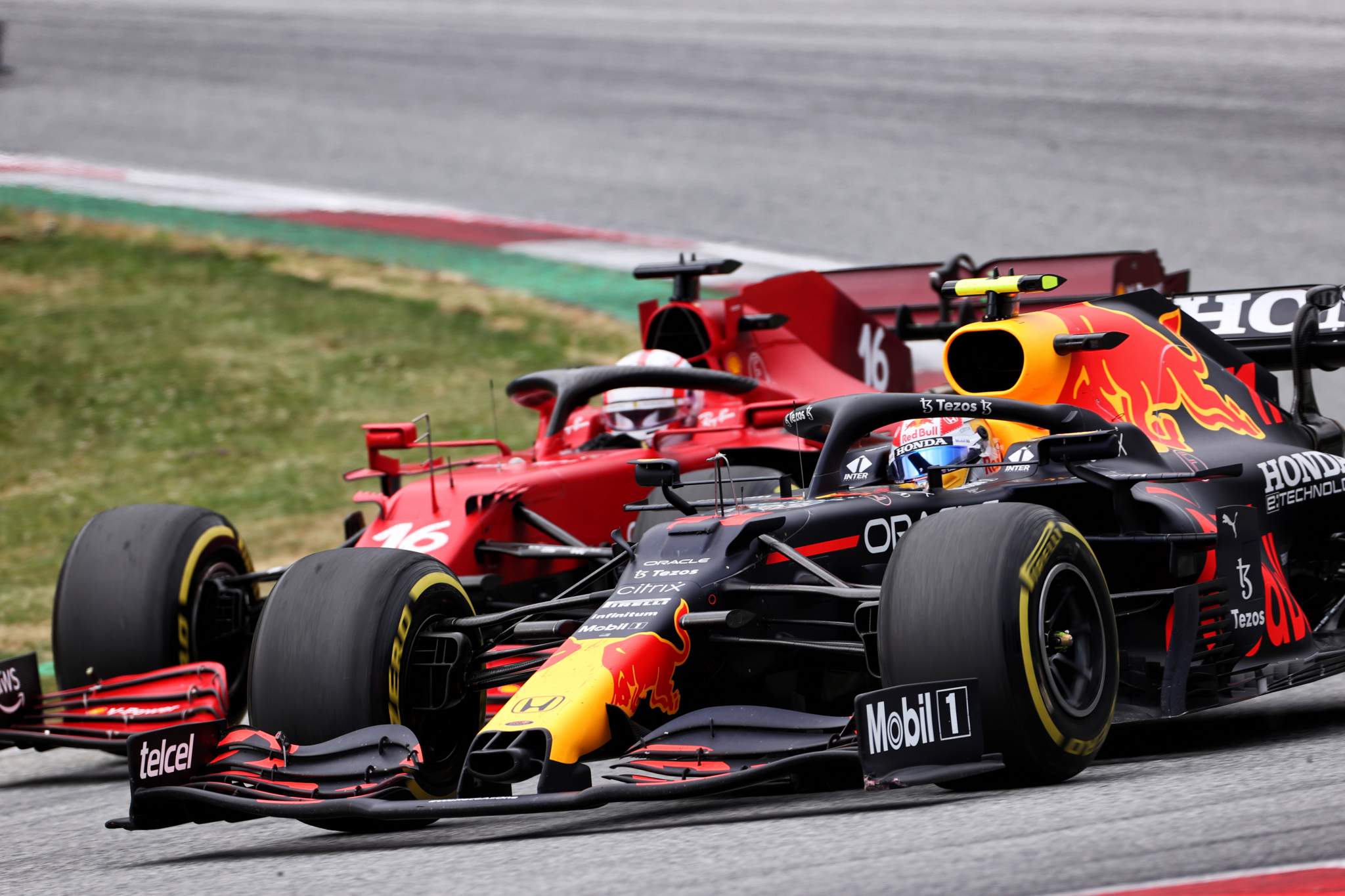
“In the first case, Sergio was wholly alongside Lando,” said FIA race director Michael Masi.
“Therefore, there is an onus to leave a car’s width to the edge of the track. And then the same in the reverse with Checo and Charles at the exit of Turn 4 and then Checo and Charles again at the exit of Turn 6.
“I don’t sit in the stewards’ room to deliberate. But their view was in all three circumstances that a car’s width should have been left to the edge of the track because the two cars were alongside each other.”
If that’s the rule, then fine. Personally, I disagree with the car’s width rule being black-and-white. An around-the-outside pass is a high-risk, high-reward move and drivers cannot complain if it doesn’t come off.
Going side-by-side and leaving space through a corner, with different forces at play, is not the same as going side-by-side down a straight. It’s a dynamic situation and should be judged as such.
The driver on the inside should always endeavour to give a certain amount of room but there comes a point – usually at the apex – where either driver has a choice to make.
At that point either the driver on the inside needs to back out and ensure there’s space or the driver on the outside needs to accept it’s time to concede the corner.
I’d go with whoever’s behind at the apex needs to be prepared to take avoiding action. Leclerc even admitted after the race, having been initially furious with Perez, that the driver on the outside needs to abort sometimes.
However, what I think is correct doesn’t matter. If the ‘leave a car’s width when the two cars are alongside each other’ rule was enforced every time there was a wheel-to-wheel fight in F1, no matter the circumstances, then even though it’s not my personal preference I must accept it.
But this is the real issue highlighted in the Austrian GP. What matters is the rule is clear and consistently applied by the stewards. In Austria, it was. But in general, it isn’t.
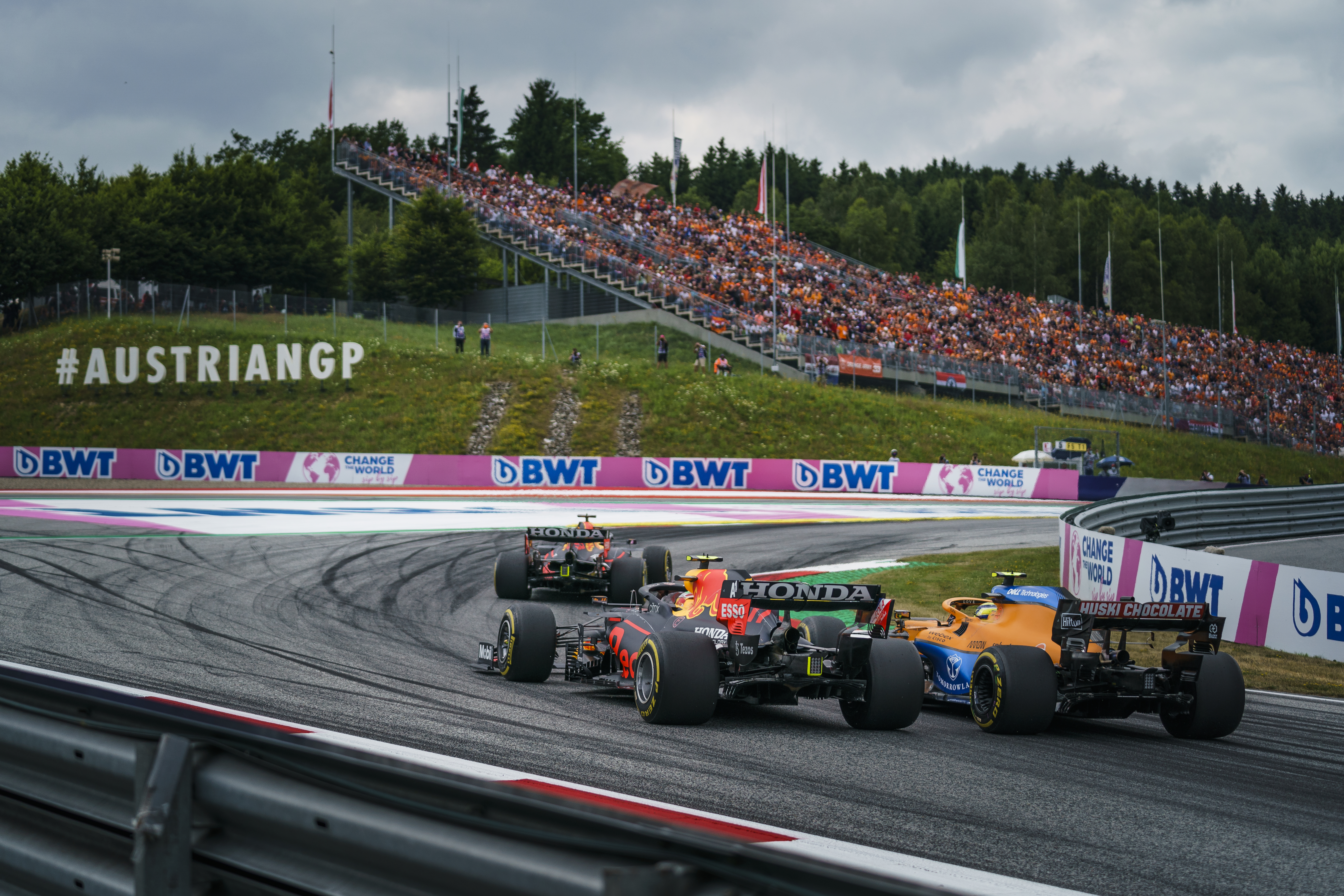
No two incidents are the same so there are bound to be similar ones that have different outcomes. However, the underlying rule doesn’t appear to be consistent.
Only two weeks ago, Pierre Gasly was passed around the outside by Norris into the long right of Beausset at Paul Ricard – then used the tighter inside line to launch a move that forced Norris to check up, run wide and lose the position he’d briefly gained.
It even meant Gasly himself left the track on the exit of the corner. Yet there was no penalty.
Austria itself has been the scene of clear inconsistencies almost race-to-race. When Max Verstappen forced Leclerc wide two years ago in a race-winning pass, it was investigated but deemed fair.
A few races later Leclerc squeezed Lewis Hamilton to the edge of the track at Monza and forced him down the escape road at the second chicane – that was a race-defining move as well, with no action taken against Leclerc.
But in 2020, Hamilton was penalised for hitting Alex Albon into a spin at Austria’s Turn 4 when Albon tried to do what Perez tried to do to Norris. The following week, Lance Stroll launched a lairy pass on Daniel Ricciardo at Turn 3, nearly collecting him, and only evasive action from Ricciardo taking to the run-off avoided contact. Stroll was unpunished.
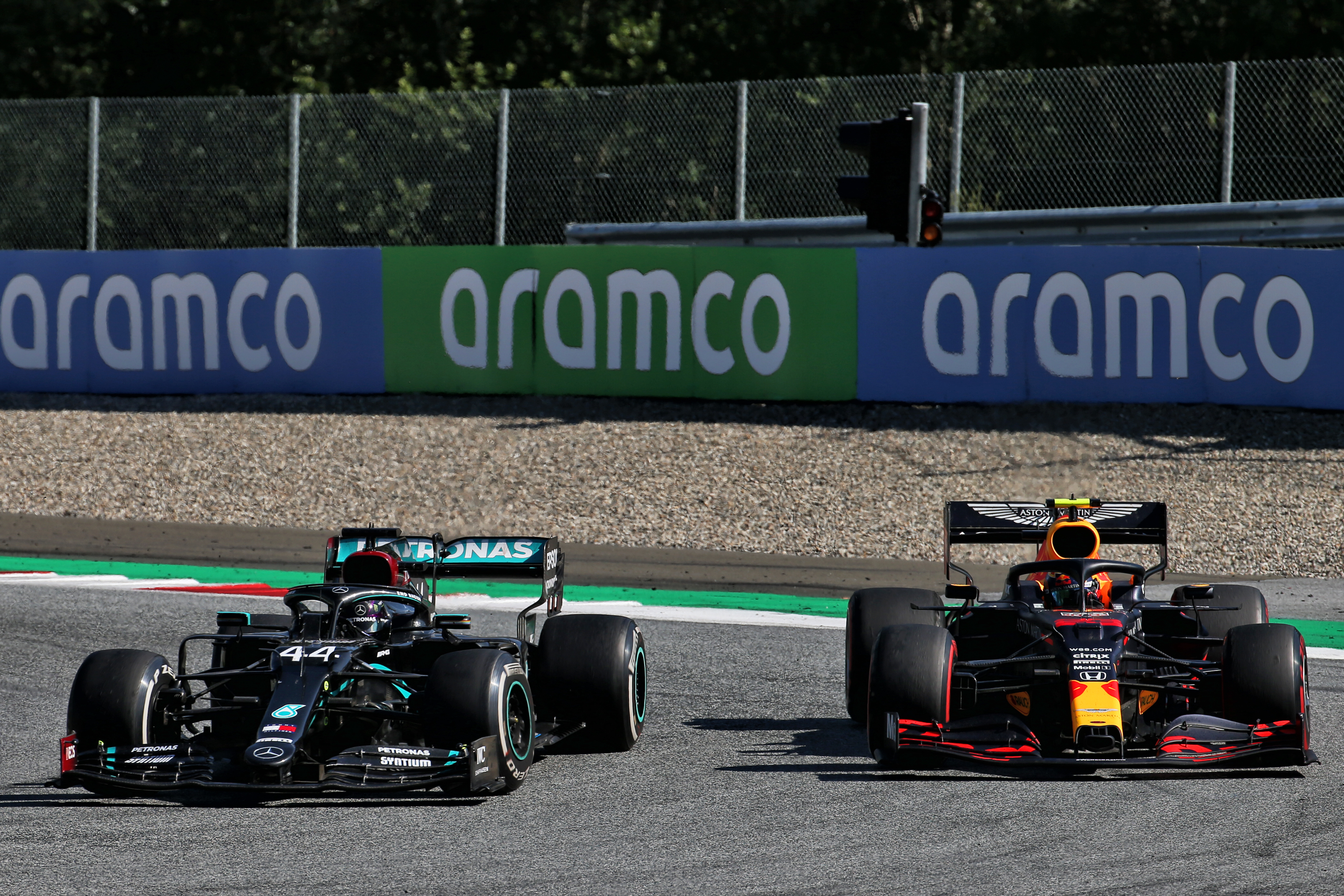
In those incidents listed above, there is no correlation between whether a car’s width was left and the action taken by the stewards. So in those cases, it was clearly not considered to be the defining factor, as was indicated here.
In fact, the common thread in these incidents seems to be that whatever run-off exists on the exit of the corner determines the verdict. Those who sent a driver through the gravel were punished. Those who forced a driver onto asphalt run-off were not.
Presently everyone, including the drivers, is second-guessing what’s allowed. And that’s turning decisions that should be indisputably correct into something controversial
So, is that the rule? Are you allowed to push a car off it’s just asphalt on the outside? Is it purely the consequence that dictates the decision?
If so, can we get that in writing? If not, clarification is needed. Because the rule seems to be changing race-to-race at the moment, so how can a driver know what is a fair move?
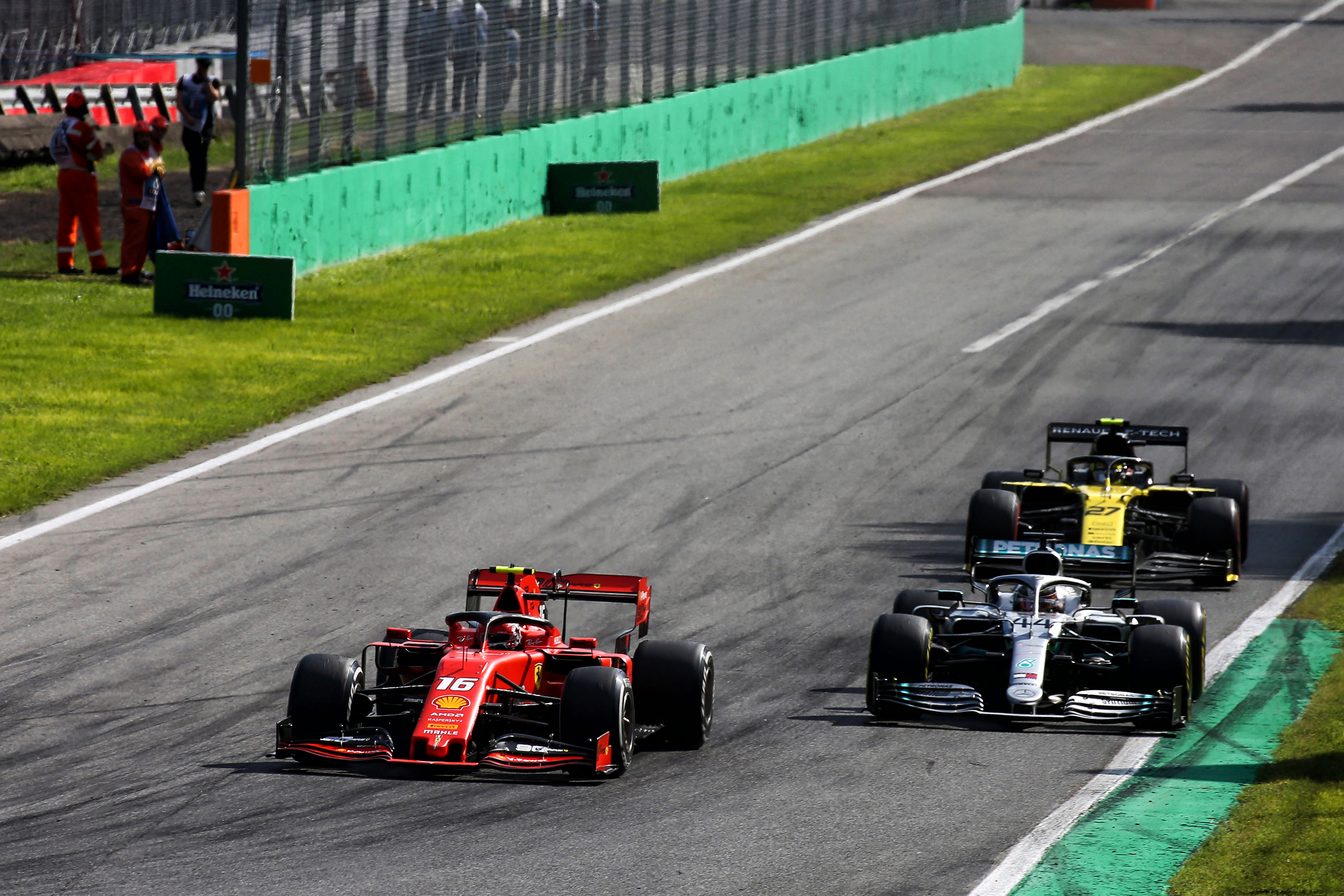
This has all emerged from the ‘let them race’ principle ironically designed to cut back on penalties and let drivers duke it out in harder fashion. Verstappen-on-Leclerc in Austria and Leclerc-on-Hamilton in Italy were the ultimate manifestations of that – illegal based on the rule as written but legal based on the desire to be more lenient in applying that rule.
It’s descended into a mess since then, with interpretations seemingly varying depending on which collection of stewards are in place on a given grand prix weekend.
Derek Warwick and his fellow stewards took a hard, clear line in Austria – whether you agree with it or not, the rule was consistently applied and meant you knew what was coming when they investigated the second of the two Perez/Leclerc incidents.
The problem is Norris was given a precedent two weeks ago that running a car wide at the exit of a corner is OK. There have been other examples that set the same precedent.
As a result, it’s simply incorrect to suggest we should know the rules and that we shouldn’t be surprised by the penalties at the weekend.
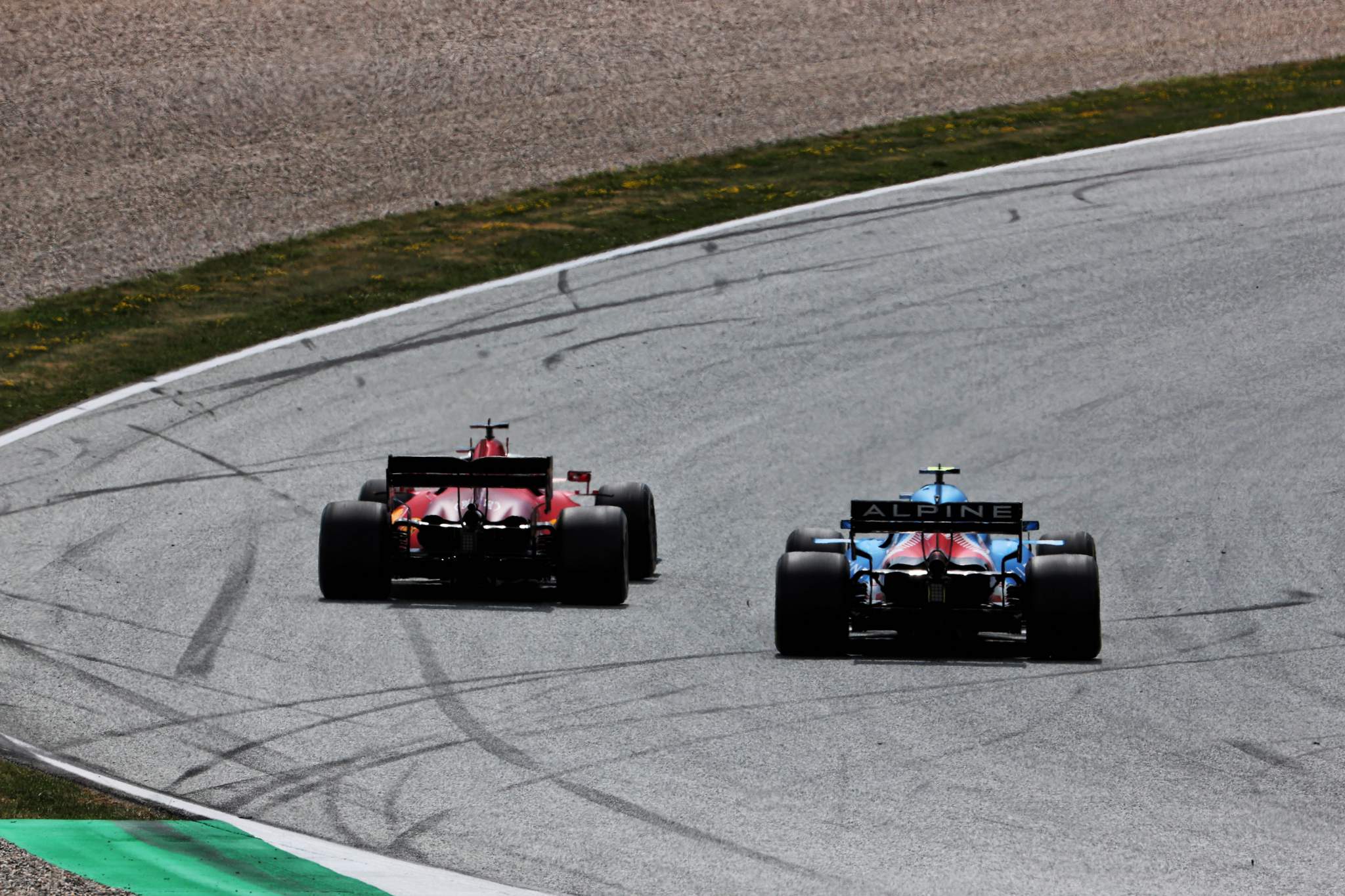
If the stewards did week in, week out what they did in Austria, then drivers would know what’s fair game and what isn’t, fans would know what to expect, and there’d be a huge drop in dissent around such decisions.
Whatever the rule is, it should be clearly communicated, consistently applied, and reiterated in every stewards’ report (which sometimes are completely devoid of the rationale for their decisions).
Presently everyone, including the drivers, is second-guessing what’s allowed. And that’s turning decisions that should be indisputably correct into something controversial.









